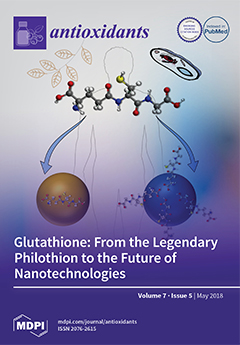Plant-based nutraceuticals are categorised as nutritional supplements which contain a high concentration of antioxidants with the intention of minimising the deleterious effect of an oxidative insult. The primary aim of this novel study was to determine the effect of exogenous barley-wheat grass juice (BWJ) on indices of exercise-induced oxidative stress. Ten (
n = 10) apparently healthy, recreationally trained (
V̇O2max 55.9 ± 6 mL·kg
−1·min
−1), males (age 22 ± 2 years, height 181 ± 6 cm, weight 87 ± 8 kg, body mass index (BMI) 27 ± 1) volunteered to participant in the study. In a randomised, double-blinded, placebo-controlled crossover design, participants consumed either a placebo, a low dose (70 mL per day) of BWJ, or a high dose (140 mL per day) of BWJ for 7-days. Experimental exercise consisted of a standard maximal oxygen uptake test until volitional fatigue. DNA damage, as assessed by the single cell gel electrophoresis comet assay, increased following high intensity exercise across all groups (time × group;
p < 0.05, Effect Size (ES) = 0.7), although there was no selective difference for intervention (
p > 0.05). There was a main effect for time in lipid hydroperoxide concentration (pooled-group data, pre- vs. post-exercise,
p < 0.05, ES = 0.2) demonstrating that exercise increased lipid peroxidation. Superoxide dismutase activity (SOD) increased by 44.7% following BWJ supplementation (pooled group data, pre- vs. post). The ascorbyl free radical (
p < 0.05, ES = 0.26), α-tocopherol (
p = 0.007, ES = 0.2), and xanthophyll (
p = 0.000, ES = 0.5), increased between the pre- and post-exercise time points indicating a main effect of time. This study illustrates that a 7-day supplementation period of a novel plant-derived nutraceutical product is insufficient at attenuating exercise-induced oxidative damage. It is possible that with a larger sample size, and longer supplementation period, this novel plant-based nutraceutical could potentially offer effective prophylaxis against exercise-induced oxidative stress; as such, this justifies the need for further research.
Full article






